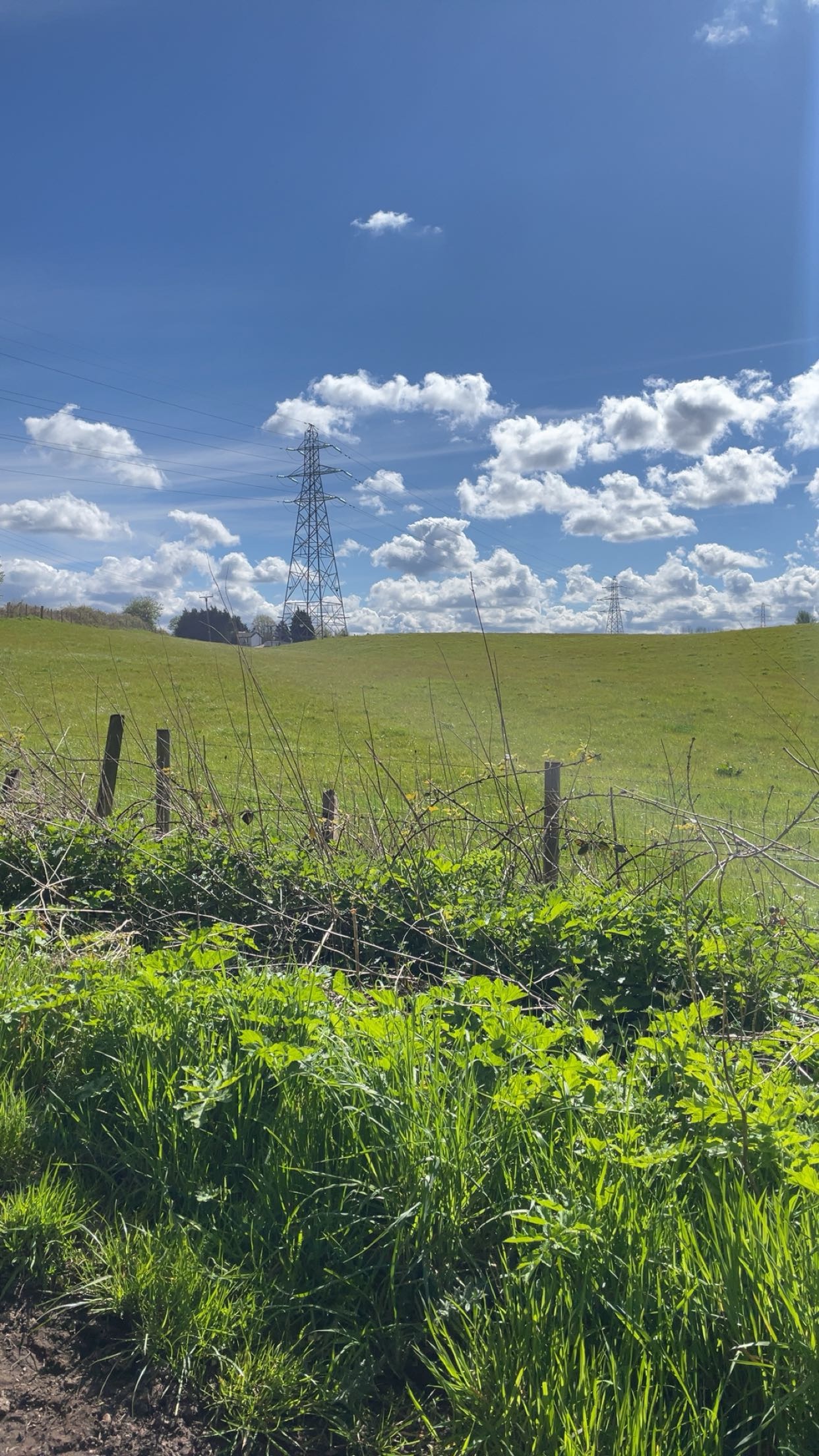7 - Organic chemistry
Cards (42)
- FRACTIONATING COLUMN
- Crude oil is vaporised
- The column is hotter at the bottom than the top
- The hydrocarbons rise through the column and they condense at their boiling point
- Fractions condense at different heights as they have different boiling points
- Different alkanes
- PRODUCTS OF CRACKING - cracking alkanes will always produce a shorter alkane and at least one alkene.
- Different alkenes
- Alkenes with halogens - halogens can add to alkenes
- ALKENES WITH HYDROGEN
- React at 150 degrees in the presence of a nickel catalyst
- Forms alkanes, hydrogenation
- ALKENES WITH STEAM
- High temperature, high pressure and concentrated phosphoric acid as a catalyst
- Forms alcohols
- Alcohols - not hydrocarbons
- ALCOHOLS - MILD OXIDATION
- If alcohols are left in air (oxygen) they will oxidise to form carboxylic acid.
- Carboxylic acid examples
- Carboxylic acids react with alcohols in the presence of an acid catalyst to form compounds called esters.
- A hydrocarbon is a compound made from hydrogen and carbon only. They are covalent compounds since they are made from only non-metal elements. We obtain them from crude oil.
- WHAT IS CRUDE OIL?
- A mixture of hydrocarbons
- Made over millions of years out of dead plankton
- It is an ancient biomass
- It is a finite resource (non-renewable)
- HOW CRUDE OIL IS FORMED?
- Plankton
- Buried in mud
- Over millions of years
- Alkane general molecular formula: CnH2n+2
- Instead of 3D pictures use a displayed formula as it shows all elements and bonds.
- ALKANES
- Most common type of hydrocarbons
- Saturated (full with single covalent bonds) hydrocarbons
- FRACTIONAL DISTILLATIONCrude oil is a mixture of different length hydrocarbons.
- So they have different properties
- So we can separate them using fractional distillation
- Which separates based on boiling points
- Fraction - A group of hydrocarbons with similar properties
- PROPERTIES OF ALKANES #1 - FLAMMABILITYHow easily a substance can burn
- flammability decreases with chain length
- smaller = more flammable
- PROPERTIES OF ALKANES #2 - CLEANLINESS OF FLAMEHow much smoke or soot is produced
- cleanliness of flame decreases with chain length
- smaller = cleaner flame
- PROPERTIES OF ALKANES #3 - BOILING POINTSAs alkanes get longer, they have stronger intermolecular forces therefore have high boiling points
- Boiling point increases with chain length
- Longer = higher boiling point
- PROPERTIES OF ALKANES #4 - VISCOSITYHow thick (high viscosity) or runny (lower viscosity)
- viscosity increases with chain length
- longer = higher viscosity (thicker)
- PROPERTIES OF ALKANES #5 - COMBUSTIONMost alkanes are fuels, we burn them to release energy
- Need O2, heat and fuel.
- TYPES OF COMBUSTION - OXIDATION REACTIONS
- Complete combustion (plentiful supply of O2)
- Only products are carbon dioxide and water
2. Incomplete combustion (limited supply of O2)- Only products are carbon monoxide or soot (carbon), carbon dioxide and water
- WHAT IS CRACKING?Short hydrocarbons are more useful as fuels because:
- More flammable
- Burn with a cleaner flame
- Release more energy when burnt
So long chain alkanes are broken down into shorter hydrocarbons by cracking (thermal decomposition reaction(endothermic)) - 2 METHODS OF CRACKING:
- Catalytic cracking - heat the long chain alkane with an aluminium oxide (or ceramic pot) catalyst
- Steam cracking - heat the long chain alkane with steam
- Alkenes are unsaturated hydrocarbons ( have a carbon carbon double bond)
- Alkenes are more reactive than alkanes because the carbon carbon double bond (which gives it reactivity - functional group) can do various reactions. The carbon carbon double bond breaks open and other substances can then bond to each carbon (addition reaction)
- TESTING FOR ALKENES (UNSATURATED HYDROCARBONS)Use bromine waterAdd alkene to bromine water and shake it
- Should get an addition reaction, colour change
Alkene - orange -> colourlessAlkane - no change (stays orange) - ALKENES WITH OXYGENBurn in oxygen yet we don't burn them as
- they have smokey flames due to incomplete combustion
- are valuable - can make polymers / starting materials for other chemicals
- WHAT IS AN ALCOHOL? - NOT A HYDROCARBON
- An alcohol is a compound using the functional group -OH (on a carbon).
- FORMING ETHANOLFermentation of sugar:
- sugars are dissolved in water
- yeast is added
- mixture is kept warm at approximately 30 degrees
- air is kept out of the mixture (anaerobic conditions)
- ALCOHOLS - COMBUSTIONAlcohols burn well in oxygen. They completely combust (form CO2 + H2O).methanol + oxygen -> carbon dioxide + water2CH4O + 3O2 -> 2CO2 + 4H2O
- ALCOHOLS WITH CARBOXYLIC ACIDS
- Alcohols react with carboxylic acids (with a catalyst) to form esters.
- ALCOHOLS WITH SODIUM
- Alcohols react with sodium and produce hydrogen gas
- ALCOHOLS WITH WATER
- Alcohols do not react, but dissolve in water to form neutral solutions (pH 7)
- USES OF ALCOHOLSAs fuels burn well. As solvents, medicines and perfumes are made with alcohol. As alcoholic beverages, ethanol -> fermentation, grapes -> wine, apples -> cider, barley -> beer.
- CARBOXYLIC ACIDS
- Contains the functional group -COOH.
- Carboxylic acids are weak acids as they partially (not 100%) dissociate (H+ ion) in water.
